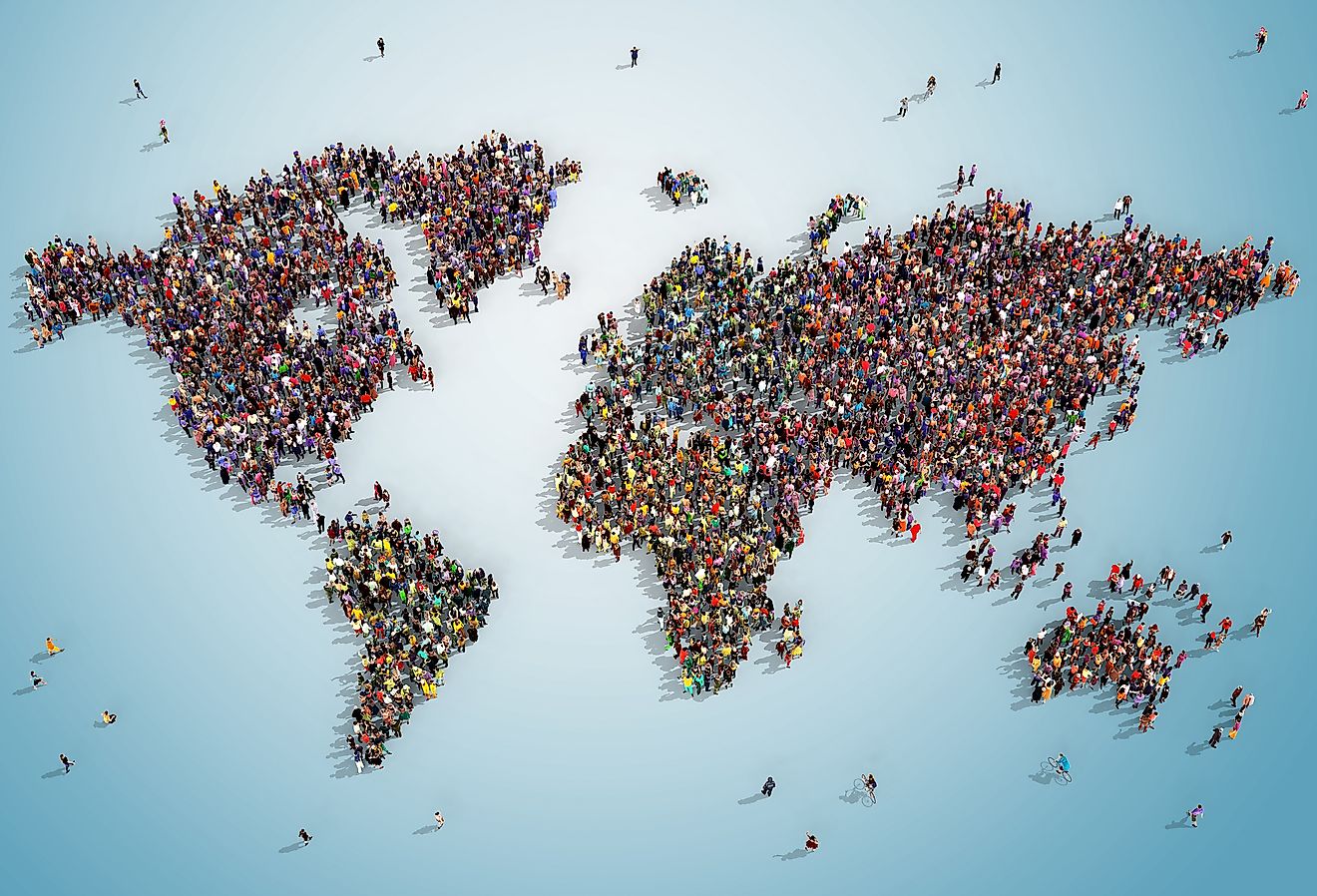Climate Change And Tropical Storms: A Catastrophic Pair

The economic, social, physical, and psychological impacts of tropical storms are devastating for coastal communities. While hurricanes, typhoons, and tornadoes are part of a natural climate system, their intensity across the globe has risen since the 1970s. In the foreseeable future, the number of such events may not necessarily increase, but their destructive power will be higher as a result of climate change. Additionally, rising sea levels and growing coastal populations are likely to exacerbate the impacts of tropical storms. Scientists are redefining our understanding of how climate change and global warming affect hurricane activity, and research is providing sufficient evidence to link individual tropical storms to global warming. As a result of global warming, the probability of storms with the intensity of Hurricane Harvey, which caused catastrophic flooding and deaths in the US states of Texas and Louisiana in 2017, has increased from once every 100 years to once every 16 years.
Hurricane Trends
The frequency and intensity of storms vary annually, making it challenging to understand accurate patterns over time. Satellite technology allows researchers to consistently track tropical storms and predict their strength and probably path. Since 2000, there has been an increase in the number of category 4 and 5 hurricanes that reached the North American coastline. Hurricane Harvey (2017) and Hurricane Dorian (2019) dumped unprecedented levels of precipitation along the Atlantic coast of the United States (US). There is also evidence that typhoons along the western North Pacific are intensifying. In March 2019, Cyclone Idai landed on the east coast of Africa, causing an overwhelming volume of rainfall in Mozambique and Zimbabwe. The cyclone was the first intense tropical storm to hit the region in over a decade and served as a clear indication that the growing intensity of storms is a global trend.
Why Are Tropical Storms Increasing?
Oceans absorb the greatest percentage of energy/heat generated due to carbon emissions. For example, between 1971 and 2015, the world's oceans absorbed 93% of the excess warmth. Human-attributed global warming results in conditions that increase the intensity of natural weather phenomena. Since 1970, the ocean temperature has risen at a rate of about 0.1 °C per decade, with the North Atlantic Ocean experiencing the greatest impact. As the oceans warm, water expands, which combined with melting ice at the poles, has led to a rise in sea level. This trend is likely to continue as the Earth becomes warmer in the following decades. More water along shores strengthens tropical storms, enabling them to reach further inland. Growing coastal populations also increase the destructive potential of tropical cyclones. Given that approximately 40% of the American population lives in coastal regions, these areas are experiencing higher population growth than ones inland.
Warm Oceans Fueling Tropical Storms
Warm oceans are an important factor for intense tropical storms, especially when other conditions for their formation also exist. Hurricanes and typhoons are fueled by high humidity and constant wind speeds at different altitudes and usually form when temperatures exceed 26 °C (79 °F). There are two primary factors that explain why warmer air and water lead to more intense tropical storms. First, warm air contains more vapor than cold air. Since the 1970s, rising ocean temperatures have led to more water vapor, providing more fuel to hurricanes. Second, warmer oceans mean the cold subsurface ocean that acts as the braking system is unable to stop storms. For example, Hurricane Katrina (2005) suddenly intensified beyond the expected level after encountering a deep pool of warm water along the Gulf of Mexico.
Natural Cycles
Oceans experience natural circulation patterns that influence the distribution of cold and warm water on the surface. These affect the conditions of oceans over a period of time, ranging from a few years to tens of years, thus influencing the intensity of hurricanes. During the El Niño Southern Oscillation, the strength of Atlantic hurricanes is suppressed, while eastern Australia experiences extreme rainfall. Additionally, El Niño conditions strengthen typhoons in the Pacific Coast of Asia. Natural cycles enhance or limit the potential influence of human-induced warming on hurricane intensity. Studies have linked the shift in natural patterns to climate change as a result of human activity.
Threats Posed By Tropical Storms
Tropical storms can cause significant property damage and deaths. Billions of dollars are spent on cleanup after storms, while affected populations must deal with displacement, injuries, and fatalities. Hurricanes Katrina (2005) and Harvey (2017) are the costliest storms of the 21st century, as both were responsible for $125 billion in damages. Thousands of people are forced to abandon their homes each year as a result of persistent tropical storms and rising ocean levels. In the future, more intense hurricanes will result in greater damage and deaths. Additionally, some coastal regions will become uninhabitable, and communities located further inland from the coast may also become impacted.
The Future Of Tropical Storms
As the planet continues to experience increasing temperatures, the average intensity of tropical storms across the world is projected to rise significantly. However, the change in the number of hurricanes will be minimal. In fact, some researchers think the number will actually decline as a result of the growing intensity. On average, typhoons, hurricanes, and tropical cyclones will have higher precipitation and wind speeds. Although the number of storms may remain constant, the frequency of intense storms is likely to rise. The entire world will experience these changes, but the Pacific and Atlantic coasts of Asia and North America will be impacted the most. By the end of the century, the frequency of category 4 and 5 tropical storms is projected to more than double, with the western North Atlantic experiencing the largest increase. Given the impact of tropical cyclones, such as deaths and the high costs of rebuilding, it is critical to tackle global warming and protect coastal communities. Superstorms such as Katrina, Harvey, Maria, Idai, and Dorian have provided valuable information about the relationship between storms and global warming.











